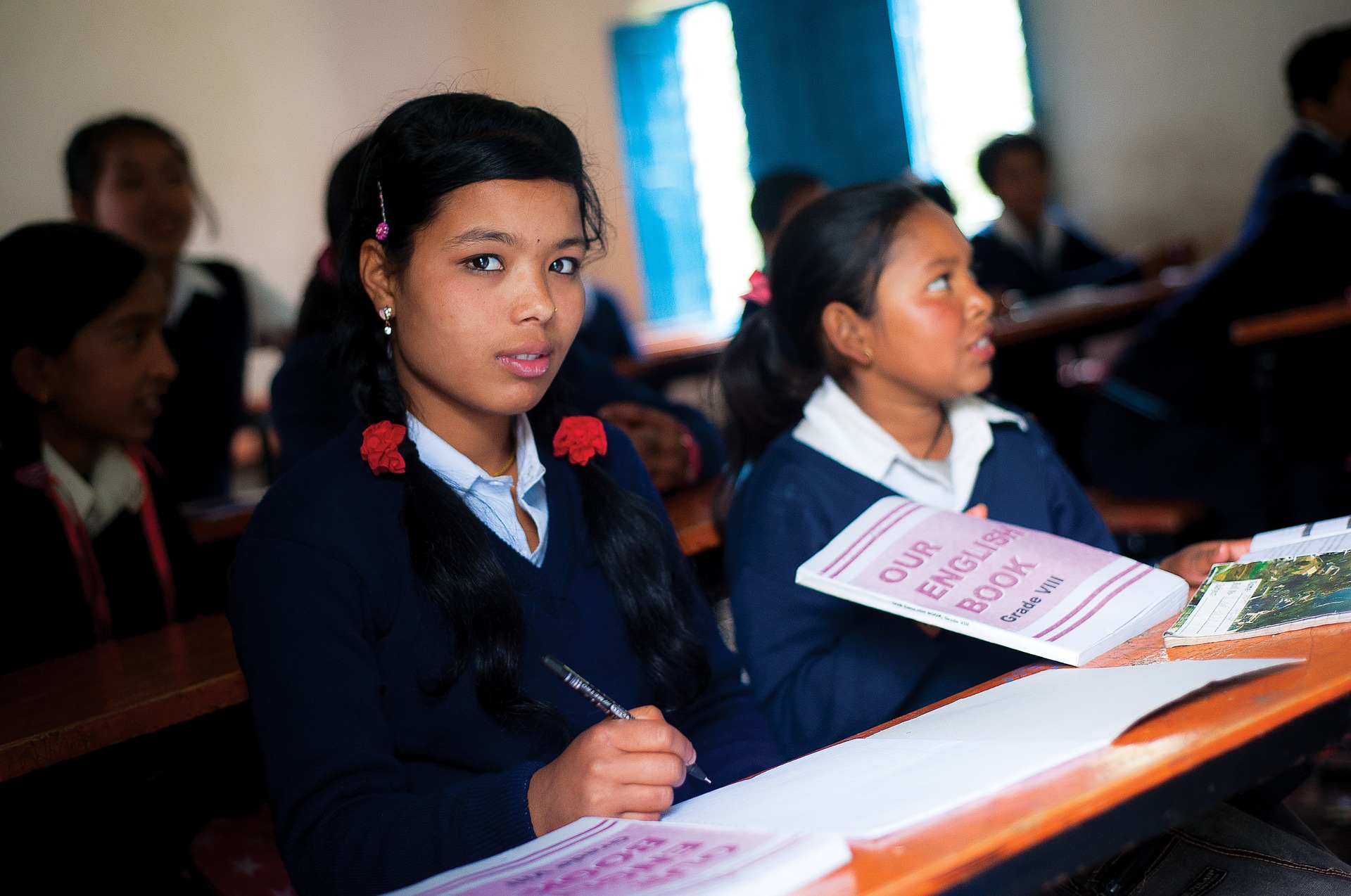The Journey to Go to SChool: Ending Corporal Punishment
In Nepal, going to school especially for many children living in rural areas is not easy. As a former teacher of Maths in a public school in a rural Lalitpur village, I have seen the long journey many students make every day to get to school, often having to walk for several hours while carrying their heavy school bag. In order to reach school on time, they sometimes have to skip meals, buy a pocketful of dalmot and chiura on the way or if not, they have to manage with just drinking water or share food among friends. Before and after school, children have to help in the household, performing tasks such as fetching grass for the animals, collecting firewood from the forest and looking after younger siblings.
Unfortunately, upon arrival at school, the journey for most children is not over. At school, children are at risk of being subjected to corporal punishment, which is still the part of daily practice in many schools in Nepal. A survey conducted in 2015 among 1,499 Nepalese students aged 12–17 years, revealed that physical violence is the second most common form of violence that students, in particular boys, experience after emotional violence (Plan and ICRW 2015). A total of 35 percent of students when asked about their experience of violence at school in the last 6 months said they were asked to stand on the bench or in a corner or outside the class, which is a specific practice used by teachers to punish students. Corporal punishment is most common in most schools, more so in private than in public schools with primary school students being subjected to corporal punishment most often followed by lower secondary students. Psychological and emotional violence is also a problem in schools with many students experiencing verbal abuse, scolding, and humiliation such as being tagged as “failure”. Thus, according to the above mentioned survey, 22 percent of students surveyed had experienced emotional violence at school during the past six months.
School based violence negatively impacts children in various ways and aspects of their life. It has a negative impact on educational outcomes, participation and performance in school. In particular in Nepal, where going to school requires already a big effort from children, arriving at school to get corporal punishment or being subjected to psychological violence is tremendously demotivating and many students leave school due to fear of the teacher. In addition, school based violence severely affects children’s physical and mental well-being with children experiencing impaired brain development, physical and psychological health problems, including heart disease, depression, loneliness, self-esteem and can lead to suicide and substance abuse (UNICEF 2016). It also affects their ability to develop empathy, control aggression, and interact with others. Apart from the short term and immediate effects on educational outcomes, global research has also shown that school-based violence can adversely affect children’s employment options, earning potential, access to benefits and social protection, and their health and relationships in the long term (Child Fund Alliance 2014).

There are several factors that contribute to the prevalence of violence at the hands of teachers in educational settings in Nepal. Violence cannot be separated from discrimination and aggression that takes place in the family, community and broader society. Hierarchical structures and practices dominate social life in Nepal and these structures and practices haves extended to schools and the relations between school staff and children. The teacher’s authority is central to the learning process and hence teachers often resort to violent acts in order to establish their superiority, authority and power over students. Currently, many schools are like detention centers for education, where students are sent just to master in math, English, science or other subjects and students are overburdened with textbooks and forced to memorize everything. In particular in rural areas, schools still follow a traditional way of teaching and learning, which includes extended hours of study, bulky curriculum, rote learning, ardently following teachers and no interactions or counter questions to teachers. Every child is different and has a different set of skills and interests, but in many Nepali schools this is not recognized or encouraged in the class environment. Instead, when children fail to perform or listen, they are subjected to violence which only amplifies the behavioral problems of our next generation.
The Convention on the Right of Child to which Nepal is a party obliges states to protect children against violence in educational settings. In Nepal, though severe punishment is prohibited under article 7 of the Children Act 1992, there is no explicit prohibition of corporal punishment in schools in the Education Act 1971 or the Education Regulation 2003. An Education Act Amendment Bill, which would prohibit corporal punishment in schools was approved by cabinet and tabled in parliament in 2012 but was not passed before Parliament was dissolved. The Ministry of Education was planning to re-submit it to cabinet, but until now the Education Bill has not been endorsed by the cabinet. Though there a few cases of corporal punishment have been prosecuted, however most of them were reported when students were hurt physically causing some damages.
I believe that schools are a place where we should nurture our next generation of world citizens and teach students how to be a good human beings before being anything else. Nepal’s educational policy should focus on establishing schools as safe and enjoyable places to foster learning, initiative and creativity. Apart from that, a change in mindset and behavior is required among teachers, who need to trained to be welcoming and motivating to students and how to deal in a constructive way with challenging behavior in the class room. A collaborative approach between teachers, parents and school management must be fostered to deal with any problems effectively. Our course, curriculum designs should be made smart, rather than overburdening children from a very early age on. The teaching pedagogy must be made more engaging, fun-filled and based on participatory approaches. While I was a teacher, I have seen many students leave school and unless we change our policy, practice and mindset, I fear that more will follow..

Sushant Rijal
Kings College
MA in Business Administration
The views and opinions expressed in this blog are those of the author and do not represent the views of Bikas Udhyami.
